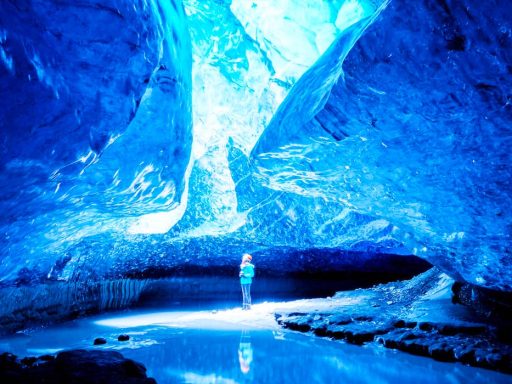Iceland‘s beauty lies in its breathtaking contrasts, where fiery volcanoes meet icy glaciers, and serene landscapes unfold beneath the dancing Northern Lights. Discovering the cheapest time to go to Iceland can significantly affect your overall travel expenses.
By understanding these elements, you can strategically plan your trip to maximize savings without compromising experiences. In the cheapest time to visit Iceland article, we explore the intricacies of finding the cheapest time to book your holiday on your Icelandic adventure.
What is the Cheapest Time to Visit Iceland in 2025?
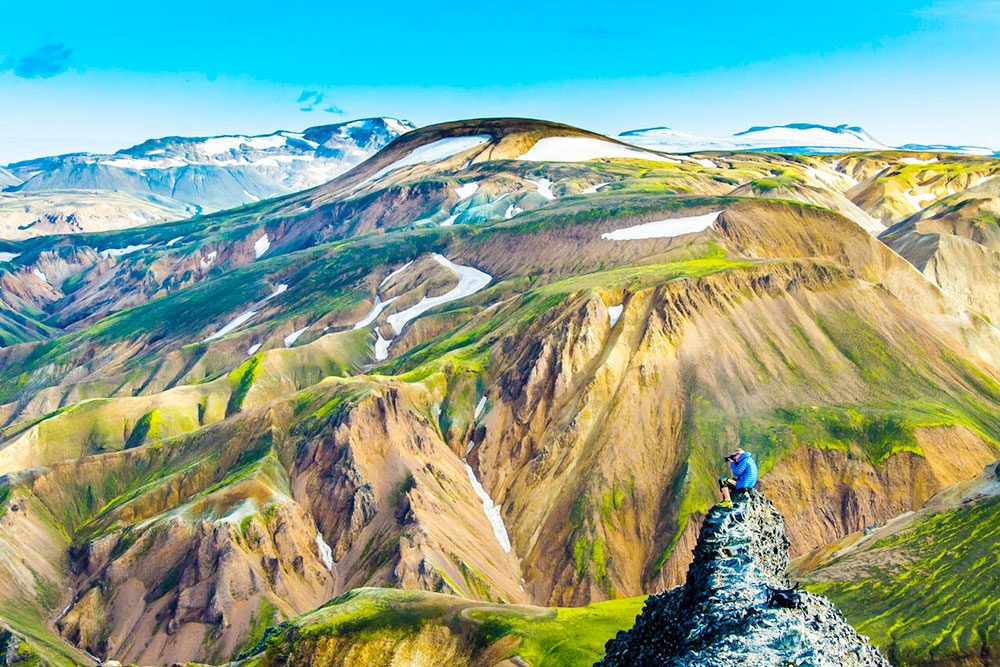
The cheapest time to travel to Iceland in 2025 is during the shoulder seasons: April-May and September-November. During these times, you can expect lower flights, accommodations, and activity prices compared to the peak summer season (June-August).
Here’s a more detailed breakdown of the cheapest times to visit Iceland in 2025:
- February and March: The cheapest time to visit Iceland is typically February and March. However, these months are also the coldest and darkest of the year, with only a few hours of daylight per day. You’ll also need to be prepared for icy and snowy conditions.
- April and May: April and May are affordable times to visit Iceland, and the weather improves. You’ll have more daylight hours, and the temperatures will rise. However, it can still be cold and snowy in April, so pack accordingly.
- September and October: September and October are another excellent shoulder season option. The weather is still relatively mild, and the crowds thin out. However, some businesses and attractions may begin to close for the season.
- November: November is the start of the low season in Iceland, and you can find some of the best deals on travel during this month. However, the weather is also at its worst, with frequent rain, snow, and strong winds.
Cheapest Time to Fly to Iceland
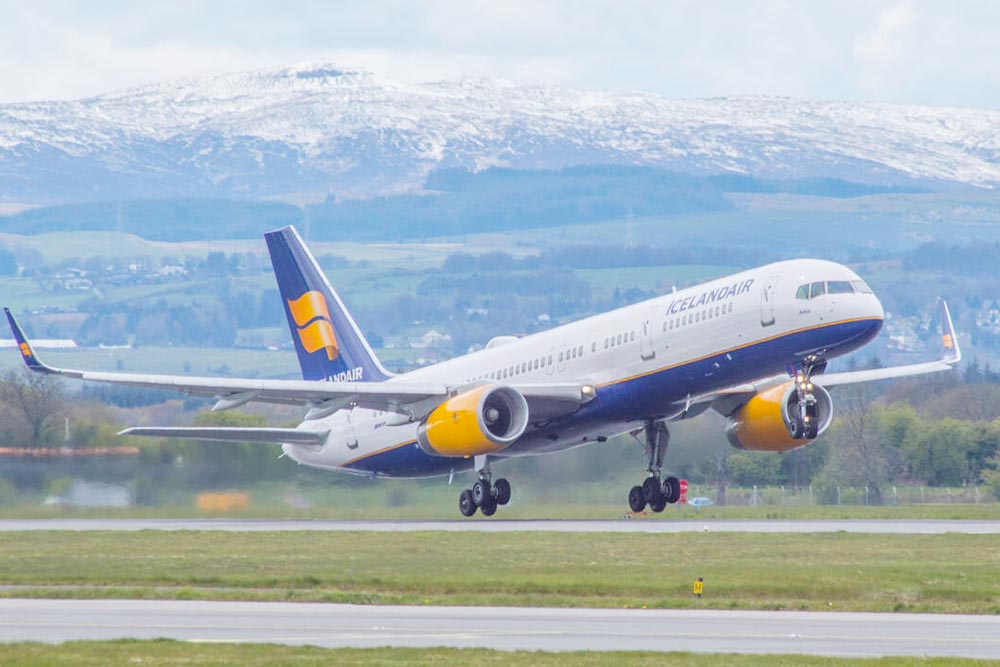
The cheapest time to fly to Iceland is typically during the off-peak seasons, which fall between late September and early November and from late January to early April. During these periods, fewer tourists visit, resulting in lower demand for flights and accommodations, leading to more affordable airfare. The winter months offer the opportunity to witness the Northern Lights, although the weather can be cold and unpredictable.
Early spring and late autumn are the cheapest times to buy flights as the temperatures are milder, and you can still enjoy Iceland’s stunning landscapes without the summer crowds. Booking flights in advance, being flexible with travel dates, and considering mid-week departures can help you find even better deals. Additionally, using fare comparison tools like Kayak & Skyscanner, plus setting up price alerts, can assist in securing the lowest prices for your trip to Iceland.
Cheapest Time to Book Accommodation in Iceland

To book the cheapest accommodation in Iceland, plan your visit during the off-peak season, which spans from November to March. This period, characterized by colder weather and shorter daylight hours, sees fewer tourists, leading to lower accommodation prices. Additionally, the shoulder seasons of April to early May and September to October balance affordability and milder weather, making them great alternatives for budget-conscious travelers.
To maximize savings, consider booking your accommodation well in advance, particularly if you plan to stay in popular areas like Reykjavík or near major cheapest vacation destinations. Utilize comparison websites and apps such as Booking.com, Airbnb, and Agoda to find the best deals. Don’t hesitate to explore options like guesthouses, hostels, and farm stays, which often provide more affordable rates than hotels. By being flexible with your travel dates and booking early, you can secure the best prices and enjoy your Icelandic adventure without breaking the bank.
Average Prices of Holiday to Iceland During the Cheapest Times

Here’s a breakdown of the average prices you can expect for a holiday to Iceland during the shoulder seasons (April-May and September-November), which are generally considered the cheapest times to visit:
- Flights: During the shoulder seasons, roundtrip flights from the US to Iceland cost around $600-$1000. Prices will vary depending on your departure city, airline, and travel dates.
- Accommodation: Accommodation prices also tend to be lower during the shoulder seasons. Budget guesthouses and hostels cost around $50-$100 per night, while mid-range hotels cost around $100-$200 per night.
- Activities: During the shoulder seasons, many tour operators offer discounts on their activities. You can expect deals on glacier hikes, whale-watching, and Golden Circle tours.
- Food: Food is generally expensive in Iceland, regardless of the time of year. However, you can save money by cooking meals or eating at local cafes and food trucks. Expect to spend around $30-$50 per day on food.
Here’s a rough estimate of the total cost of a trip to Iceland during the shoulder seasons:
- Budget traveler: $100-$150 per day
- Mid-range traveler: $150-$300 per day
Pros & Cons of the Cheapest Time to Go to Iceland
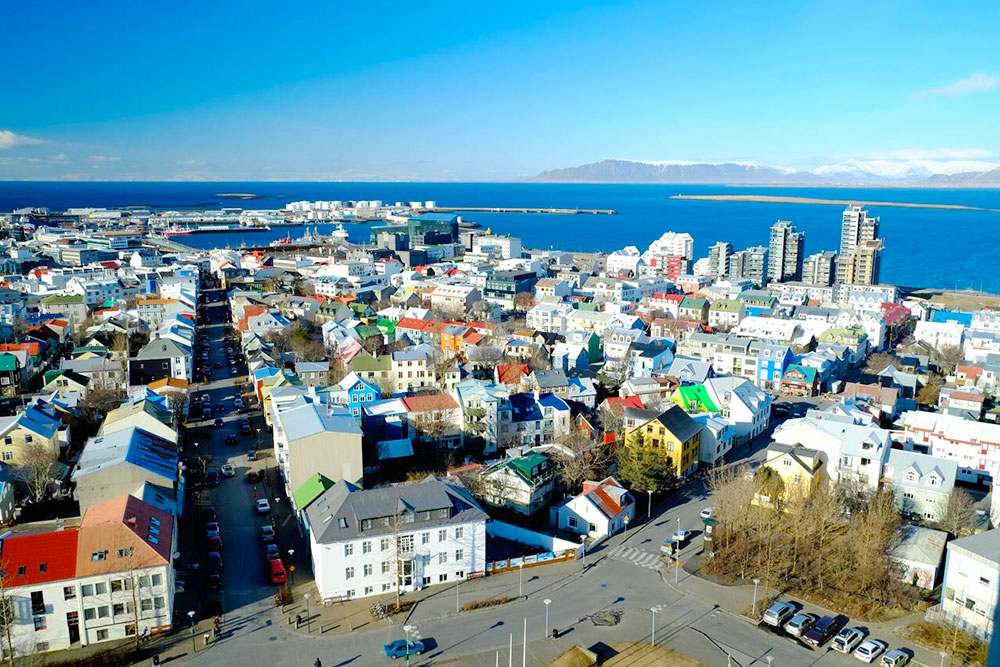
Pros:
- Flights, accommodations, and activities are generally cheaper compared to the peak summer season.
- You’ll encounter less congestion at popular tourist attractions, allowing for a more relaxed experience.
- Shoulder seasons offer milder temperatures compared to winter. April and May see increasing daylight hours, while September and October can still be mild.
- You might encounter opportunities specific to the shoulder seasons, like whale watching (cheaper during these times) or witnessing the beginning/end of the Northern Lights season (September and April).
Cons:
- The shoulder seasons are known for changeable weather patterns. Expect rain, wind, and occasional snow, especially in April and November.
- Daylight hours are shorter than summer, potentially impacting your ability to explore specific areas or participate in outdoor activities.
- Some businesses and attractions may have shorter operating hours or close entirely during the shoulder seasons, limiting your options.
- The landscape might appear more barren than summer’s vibrant greens, especially in the earlier and later shoulder months.
Cheapest Things to Do in Iceland 2025
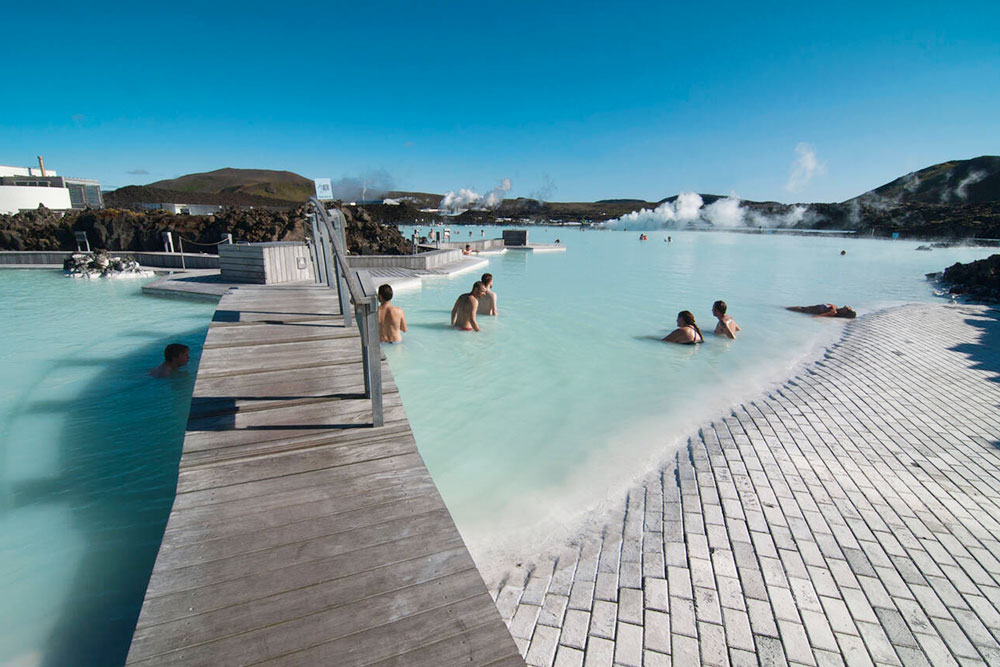
Iceland’s dramatic landscapes and unique culture come at a price, but there are ways to experience its magic on a budget. Explore Reykjavik, Iceland’s capital. Take a free walking tour, admire the Hallgrímskirkja Church from the outside, stroll along the waterfront, or visit the many free museums like the National Museum or the Reykjavik Art Museum.
Secondly, hike in Iceland’s breathtaking national parks. Most have free entry. Thingvellir National Park, a UNESCO World Heritage Site, sits on the rift valley between tectonic plates. Snæfellsjökell National Park offers a glimpse of everything Iceland has: glaciers, craters, waterfalls, and black sand beaches. Europe’s largest national park, Vatnajökull National Park, boasts glaciers, ice caves, and geothermal areas.
Don’t miss the chance to see the Northern Lights, a natural light display caused by particles from the sun colliding with Earth’s atmosphere. While not guaranteed, Iceland is a prime location for viewing them during winter (September to April) when the skies are darkest. Escape the city lights to maximize your chances of witnessing this free spectacle.
Finally, relaxing in geothermal pools is a great way to unwind and soak in Iceland’s natural beauty. The Blue Lagoon is famous for its milky blue water, but it’s expensive. Explore other, more affordable options like the Secret Lagoon or the Myvatn Nature Baths. You can even window shop along Reykjavik’s fun and funky streets.
Tips for Saving Money on Your Trip to Iceland

- Booking your flights and accommodations well in advance, particularly during peak season, can lead to significant savings.
- Flying into Keflavík International Airport (KEF) is usually cheaper than Reykjavík Domestic Airport (RVK).
- Utilize travel websites and apps to find deals on flights, hotels, and activities. Many tour operators offer discounts during the shoulder seasons.
- Hostels are a budget-friendly option, especially for solo travelers. They offer dorm rooms and sometimes private rooms at a lower cost than hotels.
- Renting an apartment with cooking facilities allows you to prepare your meals, saving money on eating out.
- Groceries in Iceland can be expensive, but it’s still cheaper than eating out every meal. Stock up on supermarket groceries and prepare meals in your hostel kitchen or apartment.
- If traveling with a group, consider renting a car and splitting the cost. This can be more affordable than relying on taxis or public transportation, especially outside Reykjavik.
- Iceland boasts stunning natural beauty, and many incredible sights are free to explore. Hiking in national parks, visiting waterfalls, and soaking in geothermal pools (outside the Blue Lagoon) are free experiences.
- Avoid baggage fees by packing light and bringing only carry-on luggage.
- Tap water in Iceland is safe to drink, so avoid buying bottled water and bring a reusable water bottle instead.
- Souvenirs in Iceland can be expensive. Consider smaller, more affordable options or focus on taking photos and memories instead.
By following these tips, you can find the cheapest time to go to Iceland and enjoy its breathtaking beauty without overspending, making your trip memorable and budget-friendly.
Share this BlogFrequently Asked Questions
Spring in Iceland is considered a cheaper time to visit because it falls right after the winter season when tourism slows down. You can still enjoy relatively mild weather, budding landscapes, and fewer crowds, making it an ideal time for budget travelers.
Yes, visiting Iceland in autumn is generally cheaper than during the summer months when tourist numbers peak. Accommodation prices tend to drop, and you can often find discounted airfare, making it an attractive option for budget-conscious travelers.
While there may not be major festivals during the shoulder seasons, you can still experience cultural events and activities. For example, Reykjavik hosts various cultural events, concerts, and exhibitions throughout the year, providing entertainment options for visitors during the cheaper months.
While some activities, such as glacier hiking or ice cave tours, may be more limited during the shoulder seasons, there are still plenty of outdoor adventures to enjoy. You can explore waterfalls, go hiking, soak in hot springs, and even catch a glimpse of the Northern Lights during these months.







